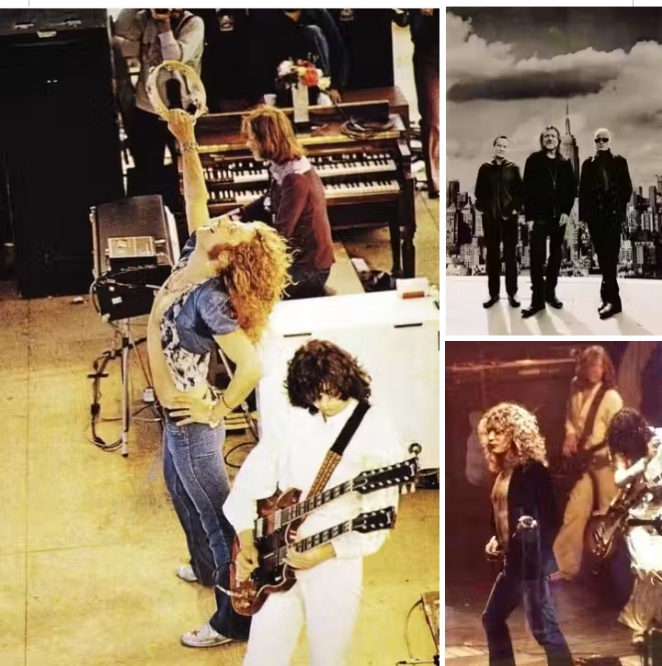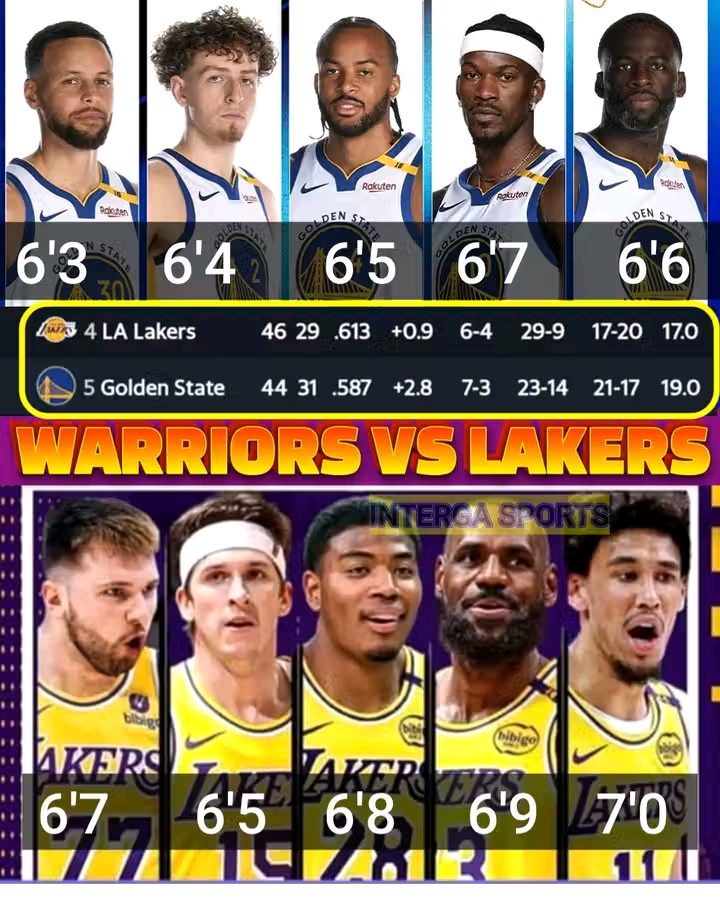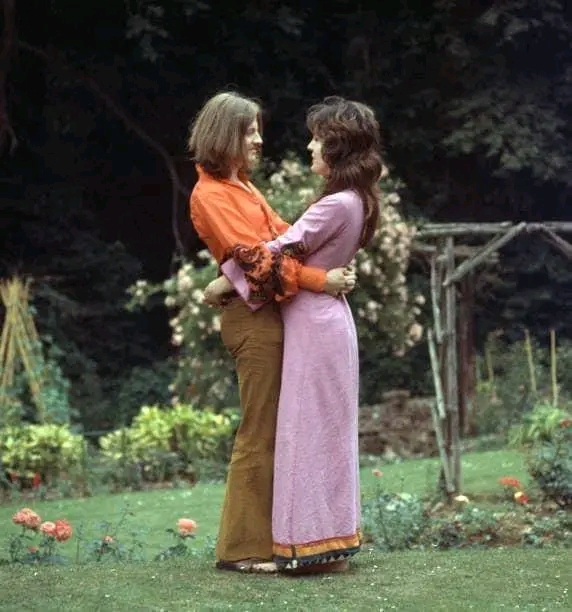
For over 50 years, Black Dog has been one of Led Zeppelin’s most iconic songs—a hard-hitting, blues-infused track with a riff that’s instantly recognizable. But what if we told you that some people think the song contains a mistake? Even more shocking, Robert Plant himself was once challenged on this—and his response was absolutely brutal!
The Challenge: “That Part of Black Dog is Wrong”
It all started when Robert Plant’s daughter’s boyfriend—who happened to play in a psychobilly band—decided to challenge the Led Zeppelin frontman. Confident in his musical analysis, he pointed out that there was something “wrong” with Black Dog.
His claim? That a particular part of the song messes up the rhythm by suddenly shifting into a 5/4 time signature, while the rest of the song remains in a standard 4/4 beat.
To most people, this might sound like a technical detail. But for someone like Robert Plant, a rock legend who lived and breathed the song, it was nothing short of an insult.
Plant’s Epic Clapback: “Listen, Midget!”
Rather than brushing off the comment, Plant decided to set the record straight in the most rockstar way possible. He immediately pulled out his copy of Led Zeppelin IV, placed it on his turntable, and cranked up the volume.
Then, he turned to the young musician and dropped a line for the ages:
> “Listen, midget, this is not a mistake! This shows you what we were capable of!” Talk about a lesson in music history!
The Genius Behind “Black Dog”—No Mistakes, Just Master
Despite the claim of a rhythmic flaw, the unconventional structure of Black Dog was actually intentionally designed by John Paul Jones. Wanting to create a complex and unpredictable riff, Jones originally planned to compose the song in 3/16 time—a nearly impossible-to-follow rhythm for most rock musicians.
Realizing that this would be too difficult to play live, he reworked the structure, ultimately creating the now-famous 5/4 variation that gives Black Dog its signature groove.
Even so, the rhythm was so tricky that during live performances, drummer John Bonham had to make adjustments. To keep the band on track, Bonham would tap his drumsticks before each riff repetition, ensuring that everyone stayed in sync. If you turn up the volume on certain live recordings, you can actually hear these subtle cues—a hidden detail that proves just how intricate the song really was.
Jimmy Page’s Secret to That Legendary Guitar Tone
Another lesser-known fact about Black Dog is how Jimmy Page achieved that gritty, distorted guitar sound. Instead of using traditional amp distortion, Page ran his guitar through a D.I. (Direct Injection) Box, then sent it into a microphone amplifier in the mixing console.
This unconventional setup pushed the amp into distortion, creating that raw, punchy tone that has since become one of the most recognizable sounds in rock history.
For the solo, Page didn’t just settle for one take—he layered multiple tracks of his Gibson Les Paul, stacking aggressive, bluesy fills to create one of the most explosive solos in Led Zeppelin’s catalog.
Why the Live Version Sounds Different
As intricate as the studio version was, Led Zeppelin had to make some adjustments for live performances. The shifting time signatures proved challenging, especially for the band’s natural flow on stage.
To make things smoother, Bonham eliminated the 5/4 variations, sticking to a more straightforward rhythm that allowed Plant and the rest of the band to stay in sync.
Even with these simplifications, Black Dog remained a fan favorite, performed at nearly every Led Zeppelin show.
Final Verdict: A Mistake? Not a Chance!
The claim that Black Dog contains a mistake couldn’t be further from the truth. The unexpected rhythm shifts, the intricate drumming, and the raw guitar tone were all part of Led Zeppelin’s musical genius.
As for Robert Plant? His fiery response says it all—Led Zeppelin didn’t make mistakes. They made history.





